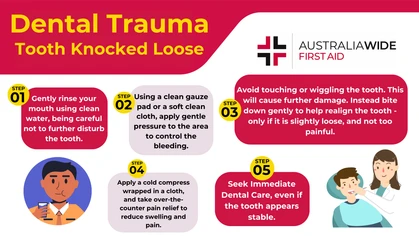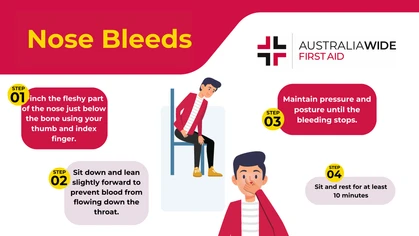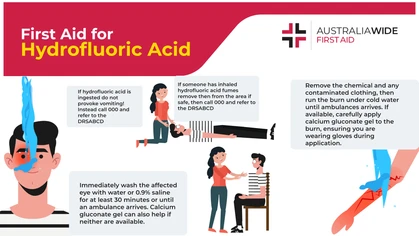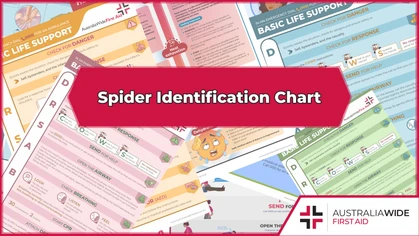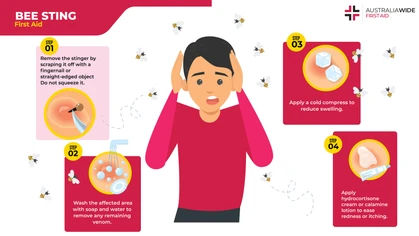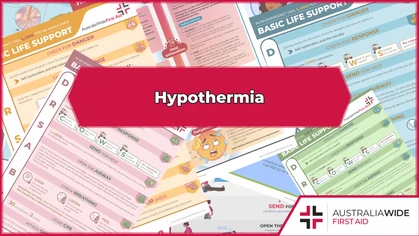First Aid Chart for Knocked Out Tooth

Charts
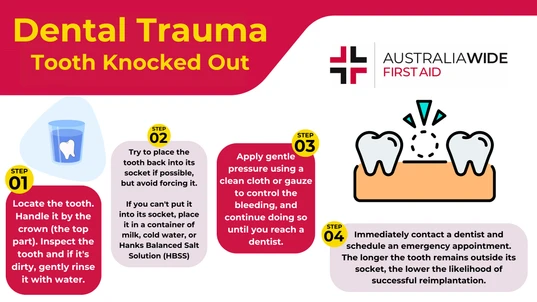 A knocked-out tooth, also known as dental avulsion, is a dental emergency that demands immediate attention. It is a relatively common occurrence and can happen to people of all ages due to various reasons like falls, accidents, or facial injuries.
When a tooth gets knocked out, it may come out whole or in fragments. If the tooth remains intact, there is a possibility of saving and reimplanting it.
It is crucial to act swiftly as the tooth is exposed to potential contamination once it's out of the socket. Bleeding from the empty socket and injuries to the surrounding gums may also occur.
Please see below for information on how to treat a knocked out tooth with first aid.
Our charts can be downloaded and printed in A2 size or smaller.
A knocked-out tooth, also known as dental avulsion, is a dental emergency that demands immediate attention. It is a relatively common occurrence and can happen to people of all ages due to various reasons like falls, accidents, or facial injuries.
When a tooth gets knocked out, it may come out whole or in fragments. If the tooth remains intact, there is a possibility of saving and reimplanting it.
It is crucial to act swiftly as the tooth is exposed to potential contamination once it's out of the socket. Bleeding from the empty socket and injuries to the surrounding gums may also occur.
Please see below for information on how to treat a knocked out tooth with first aid.
Our charts can be downloaded and printed in A2 size or smaller.


Other Resources
You can watch our handy videos for more information: The following resources might also be of interest to you:- Dealing with Dental Dilemmas: A Comprehensive Guide to Tooth Trauma and Care
- First Aid for Tooth Knocked Loose Chart
Originally published at
https://www.australiawidefirstaid.com.au/resources/first-aid-chart-for-knocked-out-tooth
as part of the Australia Wide First Aid Articles Library
